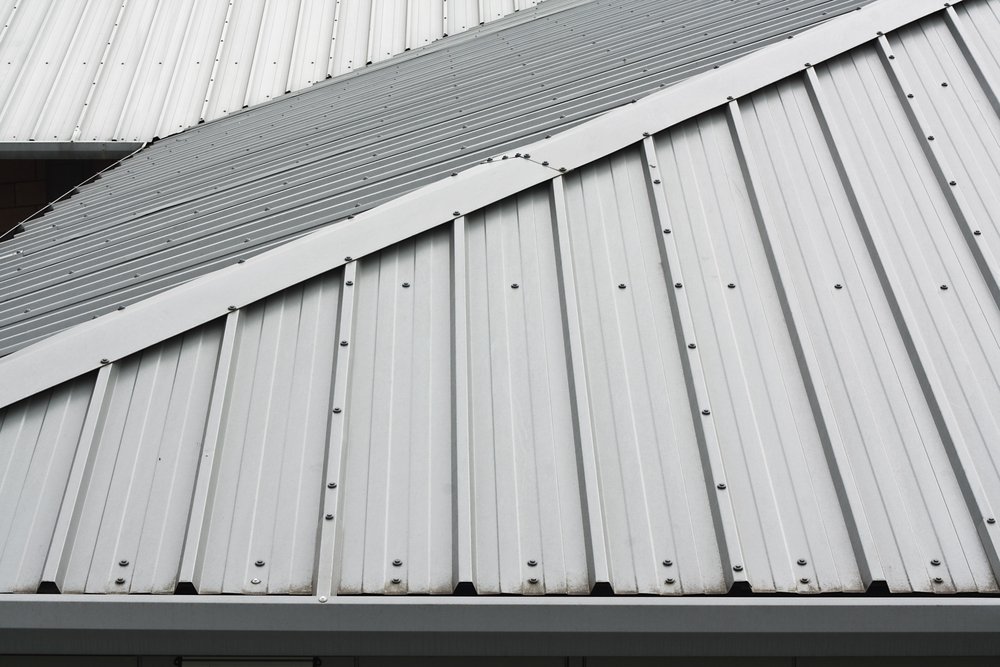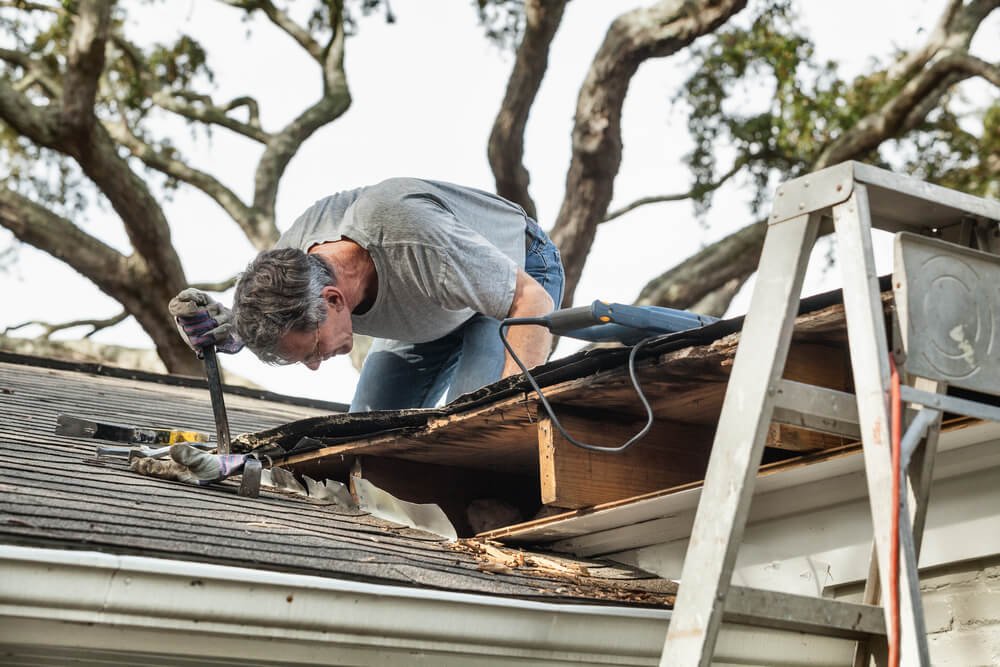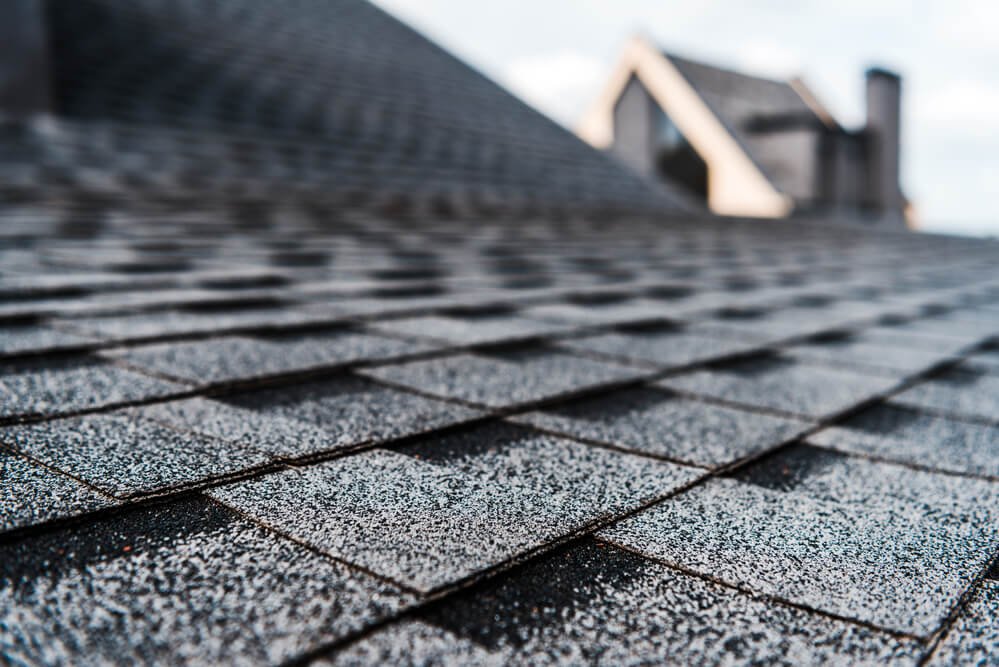
When Should You Replace Your Roof Sheathing?
Roof sheathing is another part of the roof that people don’t see but plays a very important role in keeping your roof healthy and above your head. Replacing it is a big task but sometimes it is necessary and it’s always best to be prepared for it.
When to Replace Roof Sheathing? According to my local roofing pros, Winfield Roofing Company of Annapolis (their website), you should replace your roof sheathing if it has sustained too much damage from water or the elements and is beginning to rot in multiple places. This should be done as soon as you see this kind of damage as it will only get worse if it’s left alone.
For this article, you’ll find a description of what roof sheathing is, how to spot the signs that it might be damaged and what to do once you find these signs. Read on to keep yourself informed and be prepared so, if this problem happens to you, you’ll be prepared to take it on.
What is Roof Sheathing?
Roof sheathing is how the shingles of your roof are held up above the rest of your house. It is placed on top of the trusses and is essentially how your shingles are held up above your head and don’t come crashing down during a storm.
Roof sheathing can become damaged if it is exposed to too much water though, and while it is designed to withstand dampness, it can develop rot over time and will not be functional once it
does.
Is it Possible to Repair Roof Sheathing Rather Than Replace It All?
If it is caught in its very early stages some professionals can fix it without having to spend a lot more money replacing the whole thing.
However, if it has gotten too bad it’s just one of those parts of the roof that will wear on it until the problem is out of control and you have no other option but to replace all of your roof sheathing.
Replacing roof sheathing is by no means a cheap job, so be sure to look out for any signs of rot so this problem does not get out of control before you try to take your life saving to the roulette table to pay off roof repairs.
Spotting Rot in Your Roof Sheathing
If you start to see your roof beginning to leak, there is almost certainly some kind of moisture up there that is damaging your roof sheathing. Also, if you see things like cracked paint, peeling wallpaper, or ceiling spots, your roof sheathing may be in bad condition.
A sagging ceiling or roofline is another bad sign that your roof sheathing is becoming waterlogged. You do not want to get to the point where your ceiling starts to bow because it is only a matter of time before it falls at that point.
Even if you don’t see these signs, it’s still a good idea to check up on your roof sheathing around twice a year. Plus, if you experienced any hurricanes or harsh storms you should also check on it after the storm is over.
When to Replace Roof Sheathing
You should only replace your roof sheathing if you spot any rot or any excessive water damage. There is no need to preemptively replace roof sheathing as it will be good forever so long as it doesn’t get too waterlogged.
If you do find damage and can’t get it replaced immediately, it is fine to let it go for a while during the time it takes to call in a professional and save up to replace everything.
However, you never want to just let damp roof sheathing sit up in your roof forever. It will create mold and mildew and, if worse comes to worst, parts of your ceiling might start falling down once your shingles can’t be held up anymore.
You could, at most, let this problem go for a few months. Provided the damage is not too out of control, your ceiling will not come crashing down on you as soon as you spot a little damage. Although you have to address this sooner rather than later, as the problem can get much worse if it’s left alone for too long.
Conclusion
Now that we’ve wrapped everything up, hopefully, this article has given you all you need to know about when to replace your roof sheathing.
If you have already found any rot up there, do not let it go, and start making plans to get it replaced as soon as possible. If not, be sure to keep checking up on your roof sheathing about twice a year and ideally you will see nothing but sturdy, dry wood up there for as long as you live in that house.








